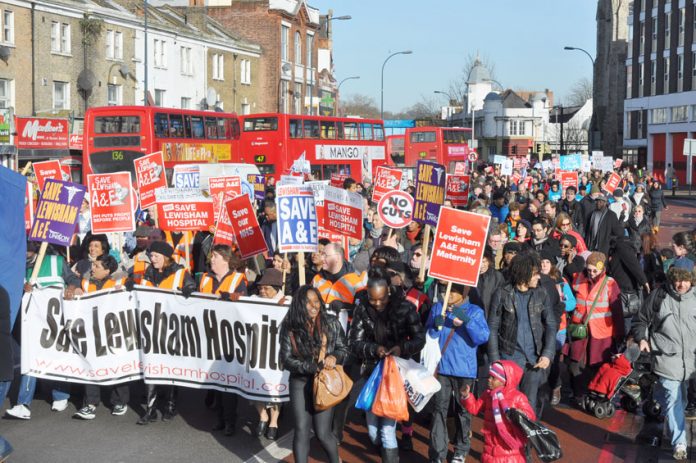
LEWISHAM Hospital consultant John O’Donohue has denounced Health Secretary Hunt’s claim last week that the closure plan for the Lewisham A&E and Maternity departments ‘could save up to 100 lives every year’.
Hunt said in parliament, referring to the Keogh Report: ‘With caveats, Sir Bruce was content to assert that there is a strong case that the recommendations are likely to lead to improved care for the residents of south east London and that they are underpinned by clear clinical evidence.
‘He believes that overall these proposals, as amended, could save up to 100 lives every year through higher clinical standards.’
The 100 lives figure did not feature in a five-page letter Keogh had sent Hunt, that the Department of Health released last week.
John Donohue said that medical professionals were writing to Keogh to ask how Hunt could ‘make the baseless claim that 100 lives will be saved’.
He continued: ‘What was said in Parliament by Jeremy Hunt is based on very false evidence.’
He added: ‘It’s going to be used time and time again to justify local hospital closures.
‘What they will do is play the “local safety” card, but there is no evidence for it.’
In his report Keogh expressed ‘critical’ concerns over the closure plans of Lewisham A&E and Maternity departments, warning that they could lead to major problems at neighbouring hospitals required to treat extra patients.
Keogh warned that there was a need to ‘ensure there is no risk to patients by inadvertent underprovision at hospitals receiving displaced Lewisham activity.’
John O’Donohue said of Hunt’s closure plan: ‘The whole thing is a bit like a house of cards. It’s built on no concrete evidence.’